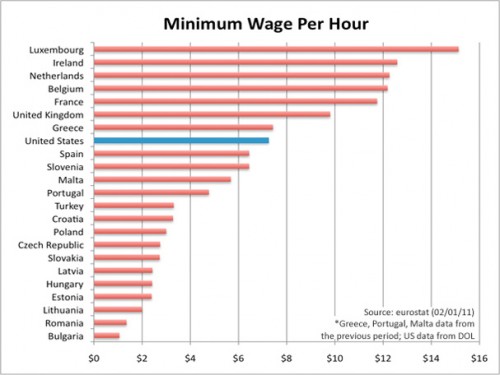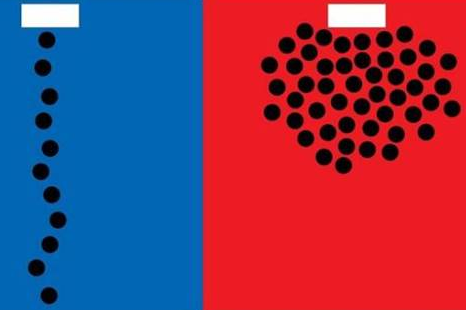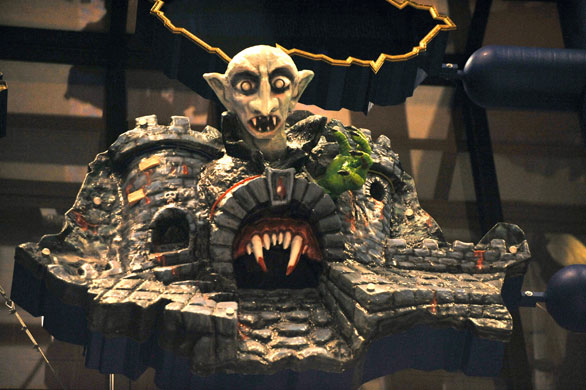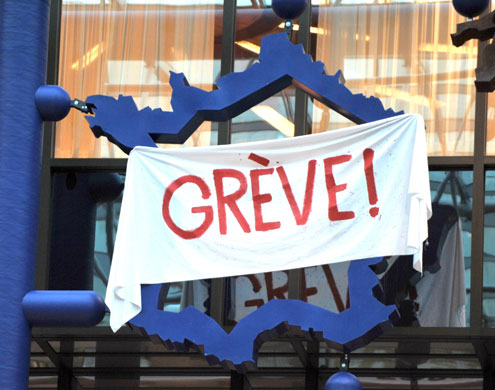Sociologist Michael Kimmel and a reader named L.A. sent along a link to a fashion spread on a Bulgarian magazine’s website. It’s another example of the glamorization and sexualization of violence against women. Titled, “Victim of Beauty,” the featured photographs have absolutely nothing to offer, short of showing beautiful women who appear to have been beaten, cut, strangled, and burned. As I’ve written elsewhere:
As much as I’m bored of seeing women appear to be beaten, sick, or dead in fashion spreads, it also really feels like we must hate them. Why else? Why else this constant glorification of their abuse?
I’m going to show one image and throw the rest behind the jump. They’re very disturbing (e.g., women with slit throats and more). Take a morbid tour, if you like, through more examples of violence against women in fashion: the fear and suffering of women as a sexual turn on, dead and deadish ladies in fashion (here, here, and here), ads with women looking supremely uncomfortable, Asian bondage fantasies, two more examples of the sexy black eye trope, and gulf oil spill themed-examples (here, and here).
Lisa Wade, PhD is an Associate Professor at Tulane University. She is the author of American Hookup, a book about college sexual culture; a textbook about gender; and a forthcoming introductory text: Terrible Magnificent Sociology. You can follow her on Twitter and Instagram.























